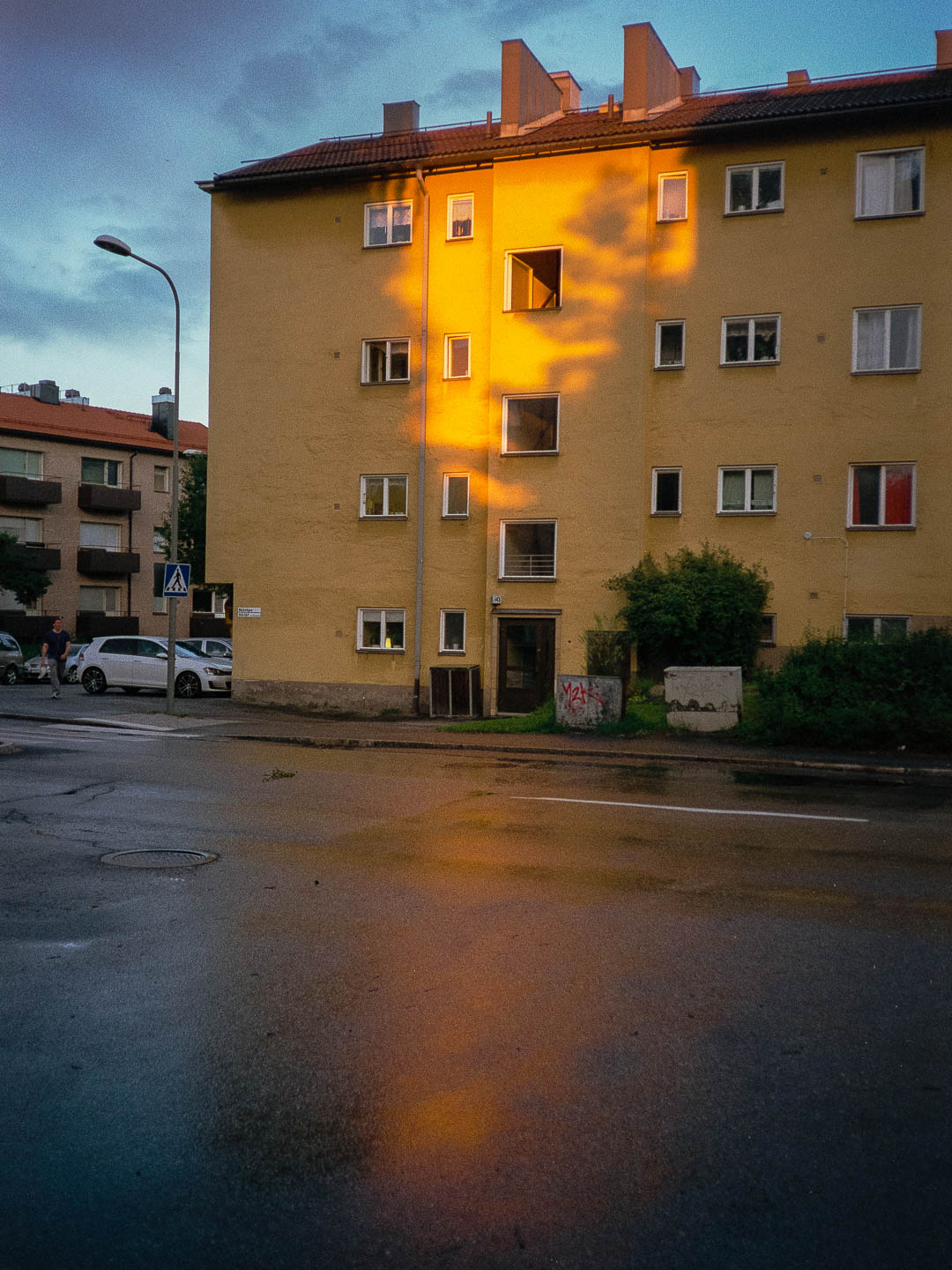
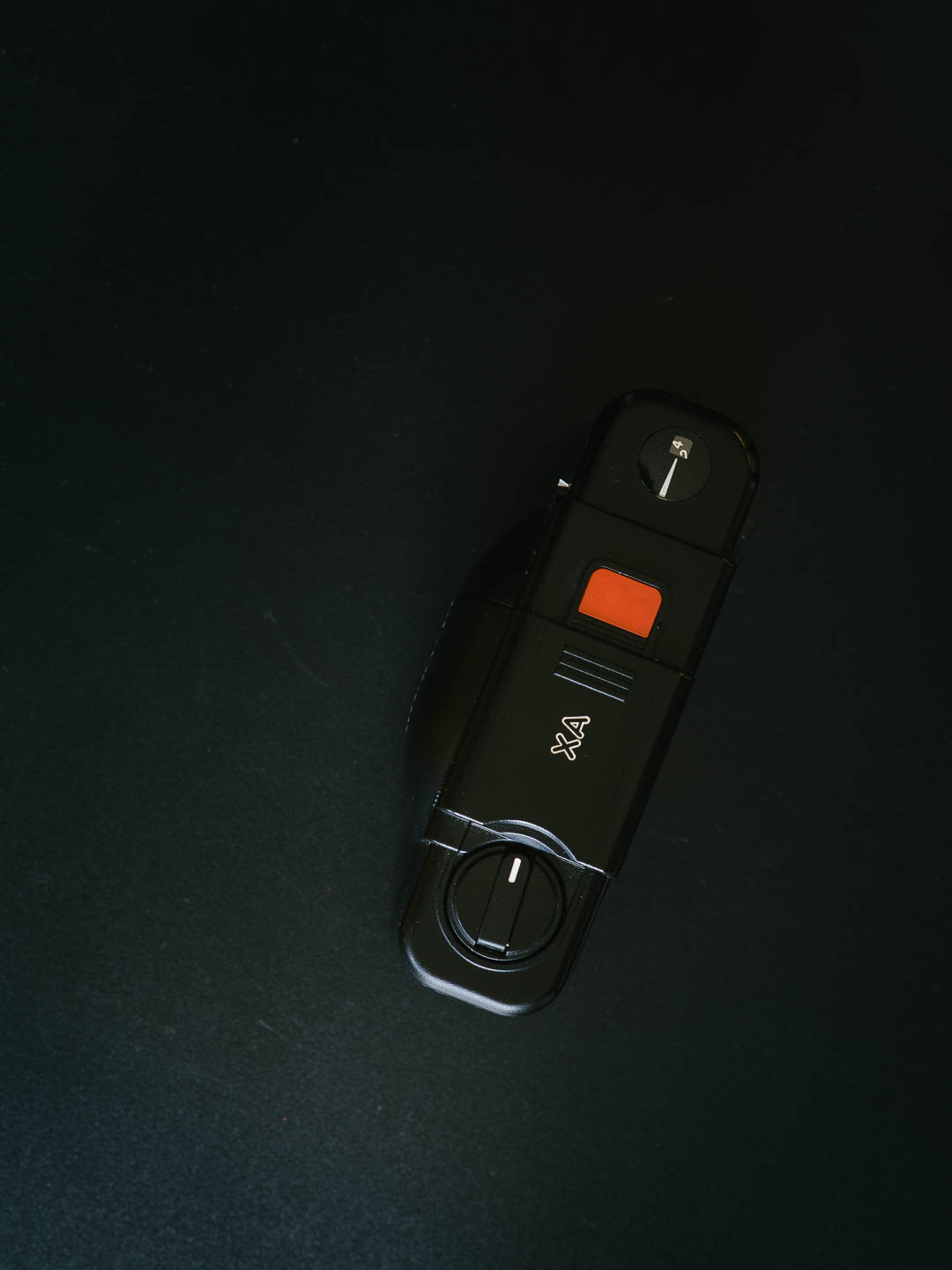
Full frame rangefinder with bright 35mm lens and aperture priority exposure, light weight and small enough to fit in your pocket. This is not the specifications of many a dream camera, it’s those of the Olympus XA – nothing short of a pocket marvel.
Shooting film every day for my 366 project I began to feel a need for a compact complement to my Leica M4-P. While I aim to shoot with the M4-P most days of the year, there’d been occasions when it had not been practically possible to bring. I had missed some images simply due to not having the M4-P with me (though the iPhone always in my pocket means few images are completely missed anymore, but those images don’t qualify for my 366 objectives since it’s obviously not a film camera).
With some cursory research I quickly settled on a shortlist of cameras I was interested in having a go with. All had a few things in common – fixed & high quality lens, pocketable and reasonably priced. The list consisted of the Rollei 35, the Olympus mju* and lastly the Olympus XA. I set up alerts on the local auction site for each camera, waiting for a good one to pop up. It was more down to coincidence than anything else that I ended up with the XA specifically but I doubt I’d be happier with any of the other cameras.
* The mju was the first compact camera I remember shooting. When my parents got one it was the first time I was impressed by a piece of technology. It felt like something from the future – at first I couldn’t even understand what the black and smooth pebble shaped object was, opening it up and watching the lens jump out fascinated me every time. The XA is the progenitor of the mju line and should prove interesting too.
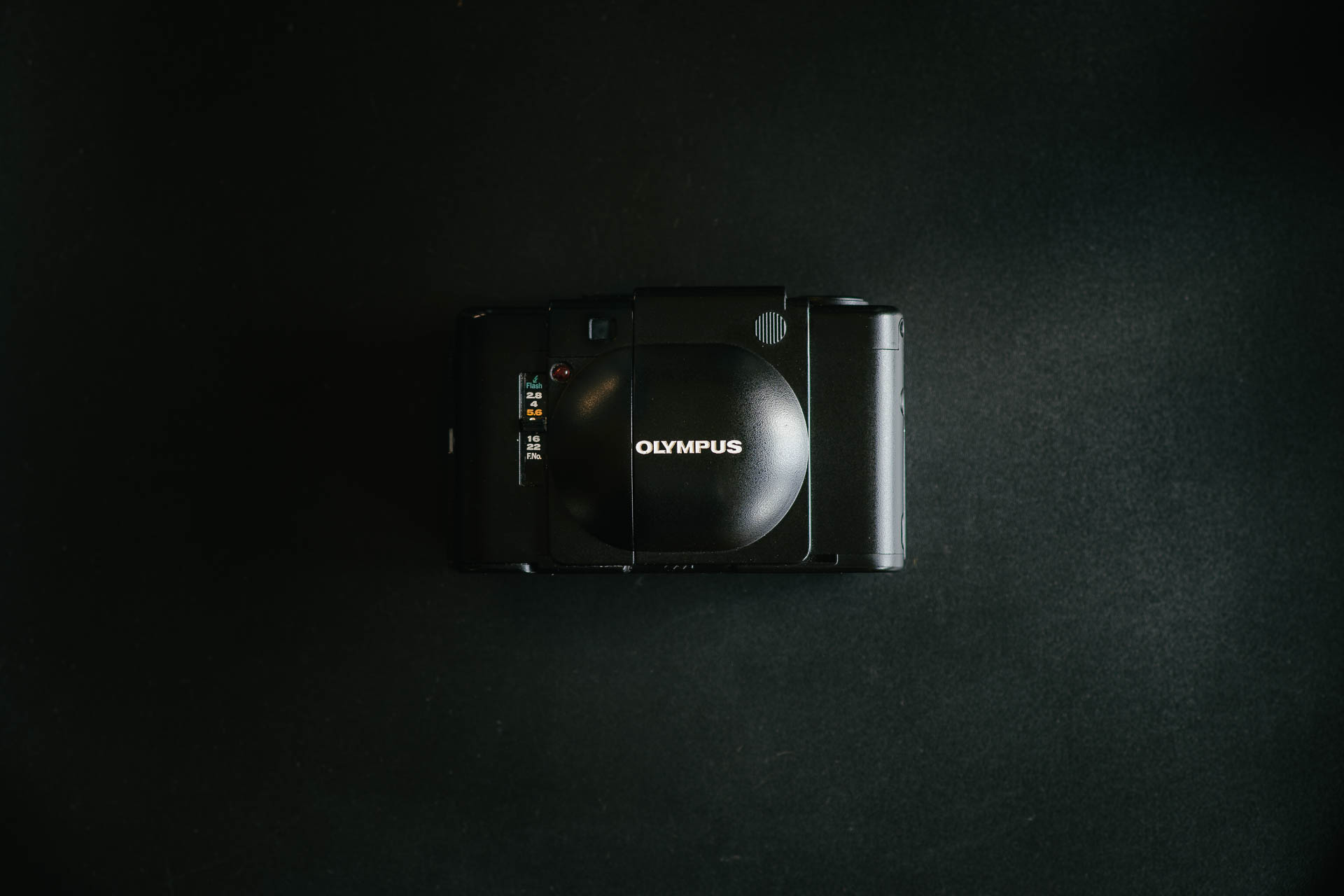
Designed by Yoshihisha Maitani – famed creator of the Olympus Pen and OM–1 cameras and later also the Mju line – the Olympus XA was launched in 1979. The little camera was widely regarded as an impressive achievement.
At the time few compacts were truly compact. And the ones that were had clear practical limitations; mainly low accuracy scale focusing or slow lenses and often both.
The XA, in contrast, is an impressive design. It fits in a pocket, is well specced and has a number of practical and thoughtful features – clearly a well considered piece of gear.


Much like Oskar Barnack’s inspiration for creating the first Leica, Maitani wanted to create an as small camera as possible that could still work well and give good image quality. He imagined something truly pocketable – a camera that could always be brought along, even in a small pocket.
He also wanted to make a durable camera that was quick to get ready to shoot. A number of clever features deliver all this elegantly.
It starts with the exterior shell. When inactive the camera is a completely smooth and practically hermetically sealed block of black plastic. Only a few basic controls are visible*. Referred to as a “capsule” design a domed door protects all vital components.
* The shutter button and a sliding lever for setting the aperture are the only things suggesting the function of the little object when closed.
It’s evident that the camera was imagined as a pocket camera from the ground up – its smooth shape slips in and out of pockets easily and the casing ensures that dust and crud is kept out.
It might not make it the prettiest of cameras but it’s a form-follows-function design that is true to itself and has utilitarian charm.
A finger smoothly slides the door open, revealing the lens, viewfinder, light meter, focus controls and film speed settings. At the same time the electronics, light meter and shutter button becomes active and the camera is ready to shoot.
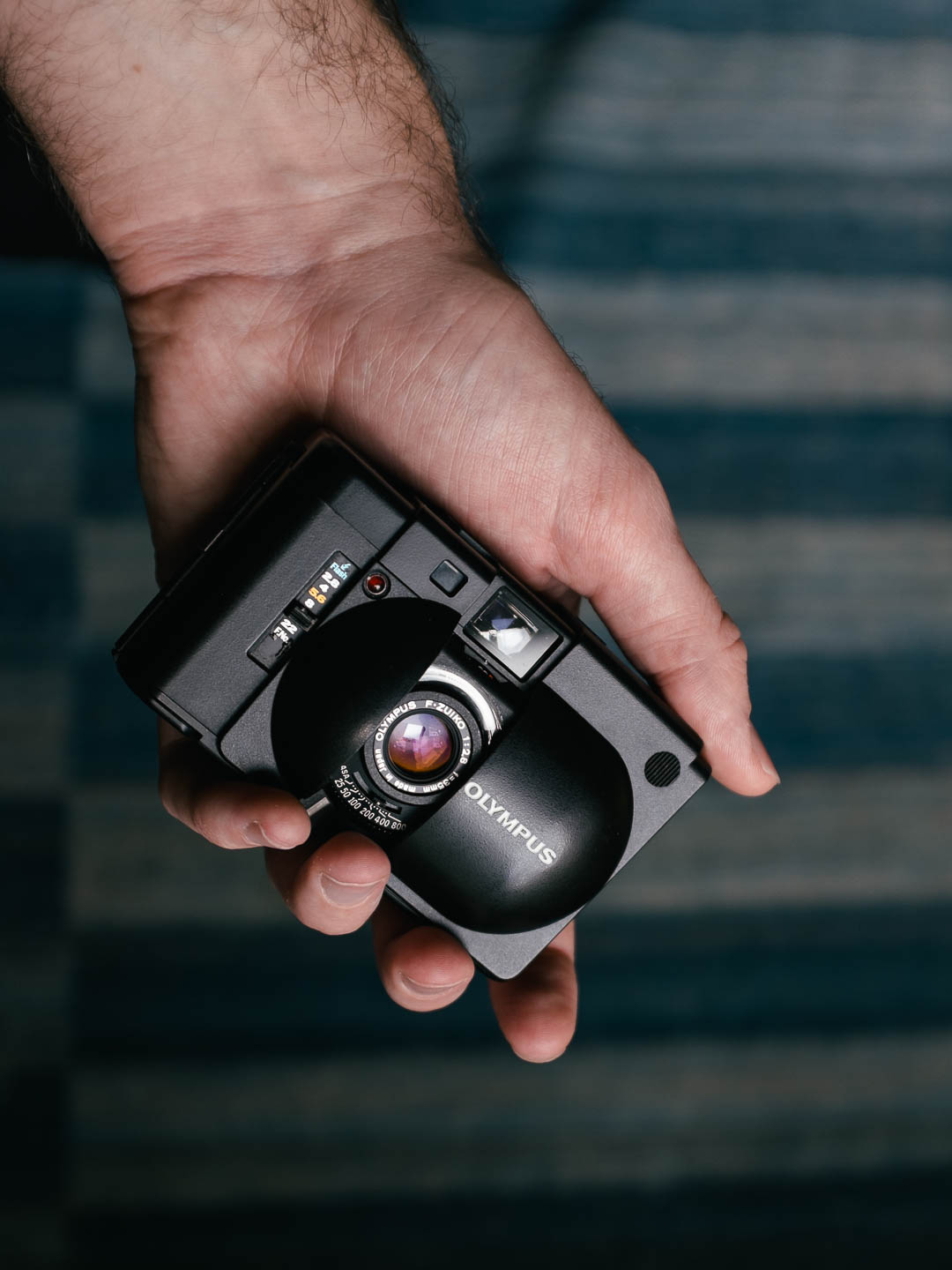
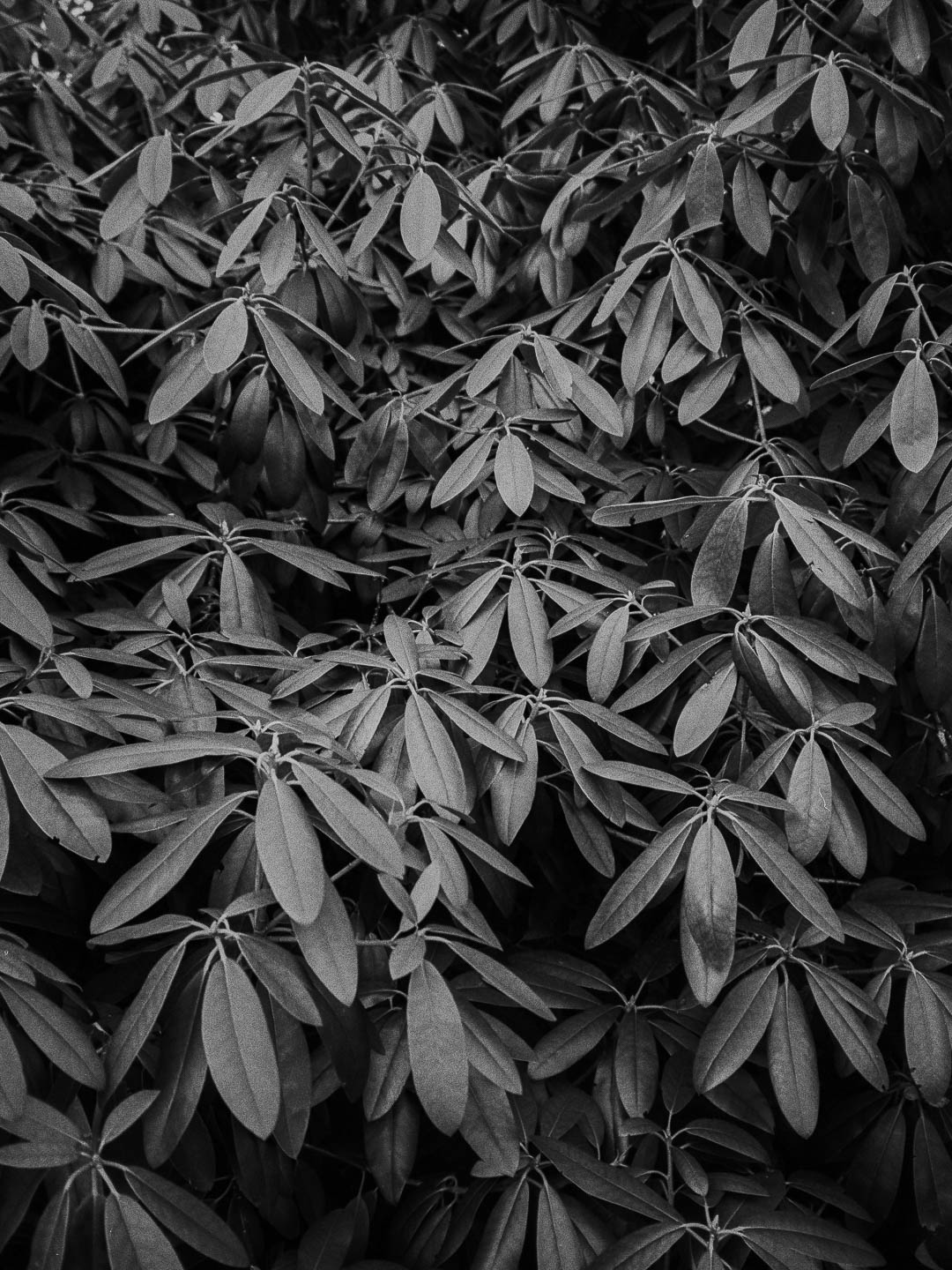
Pocketability also requires a compact lens. The obvious choice would be to create a collapsing lens that would extend with the capsule shell as it opened*. However as Maitani felt that this would be more fiddly and affect durability negatively he wasn’t satisfied with the idea.
* Direct competitors such as the Minox 35 used this approach.
Instead a creative approach was chosen – something as rare as a telephoto wide angle lens*. A complex six element design with exotic glass types and sophisticated manufacturing allows the lens to be extremely compact as well as fairly bright.
* The definition of telephoto means that a lens is physically shorter than its focal length. This is most often seen in long focal length lenses. Because of this the term has become synonymous with longer lenses, but the XA is a clear example of the approach being viable for a wide angle too.
Instead of unit focusing the lens uses internal focusing, further increasing durability. An integrated leaf shutter gives it a near silent shutter sound. An unconventional trade off to the compactness is that the aperture only has two angled blades giving a rectangular aperture opening, saving space but potentially resulting in poor bokeh stopped down.
The lens housing also contains the light meter and a tiny but secure ISO selector, rated from 25–800.
The meter is housed in a small, curved window just above the lens. Looking closely it’s possible to see the mechanical solution for accurate metering results for the selected aperture – a little cover with holes sized to correspond to each aperture that moves with the aperture setting in front of the meter and reduces light passing to the meter by the same amount as the selected aperture does through the lens. Seemingly a bit of a kludge it keeps the construction simple and functional.

When the XA was designed there were two alternatives for focusing when designing compact cameras – scale focusing or rangefinder (remember, this was before autofocus became commonplace).
Most direct competitors to the XA used scale focusing since size was key – implementing scale focusing doesn’t require any extra space in the camera housing for the mechanics needed for a rangefinder. The drawbacks are that accuracy is limited to how well one is able to guess distances, something that could give very hit & miss results, especially at closer distances and at wider apertures.
Rangefinders on the other hand give good accuracy and are quick to work with, at the expense of a more complex construction and generally a larger camera.
Once again the XA impresses. In an engineering feat of space conservation the XA manages to fit a true coupled rangefinder despite the tiny size of the camera. If I’m not mistaken the XA was and still remains the smallest true rangefinder camera ever brought to market*. The small size of the camera dictates a very small base length, but the advantage in accuracy over the competition is clear. This means it’s more useable in tricky conditions, expanding the cameras usefulness.
* the Contax T, introduced half a decade later, is essentially the same size but a bit heavier.
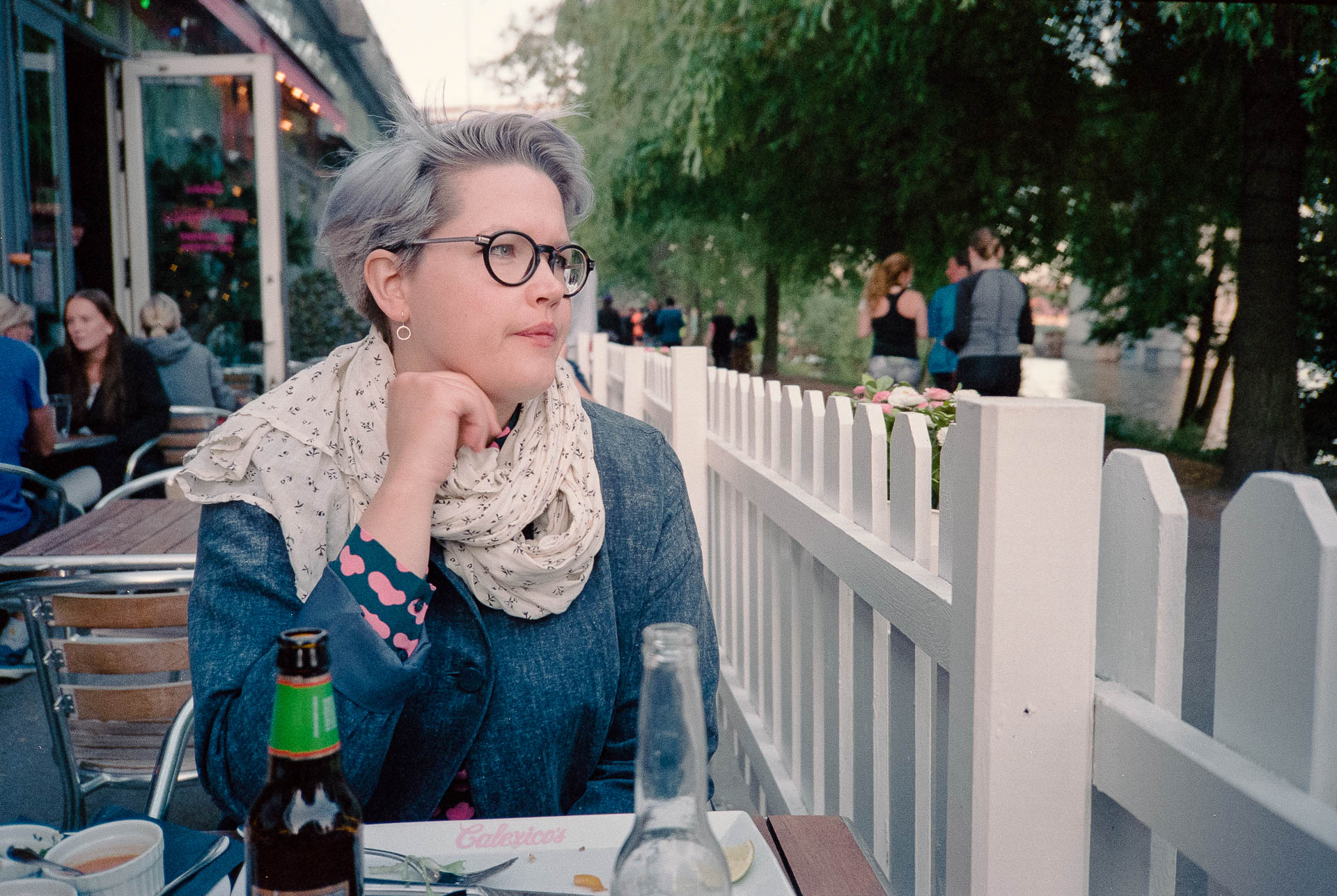
For a photo like this it would be much harder to get focus spot on using a scale focus camera. Shot at f/4. Note square shaped bokeh due to two bladed aperture.
A small lever below the lens is used for focusing. The throw is extremely short but just about adequate in practice. Above the lever is a ribbed ring that can be used by those not fans of lever focusing.
In a cutout on the top of the lens casing is a distance scale making the XA usable as a scale focus camera too.
The viewfinder is also well considered. Reasonably big and bright at around 0.6x magnification, it has clear framelines that are visible even when wearing glasses. Along the left edge is a shutter speed scale with a needle indicating the automatically selected speed. There are also parallax correction marks for when shooting at closer distances. The rangefinder is superimposed with soft edges in the middle of the finder.
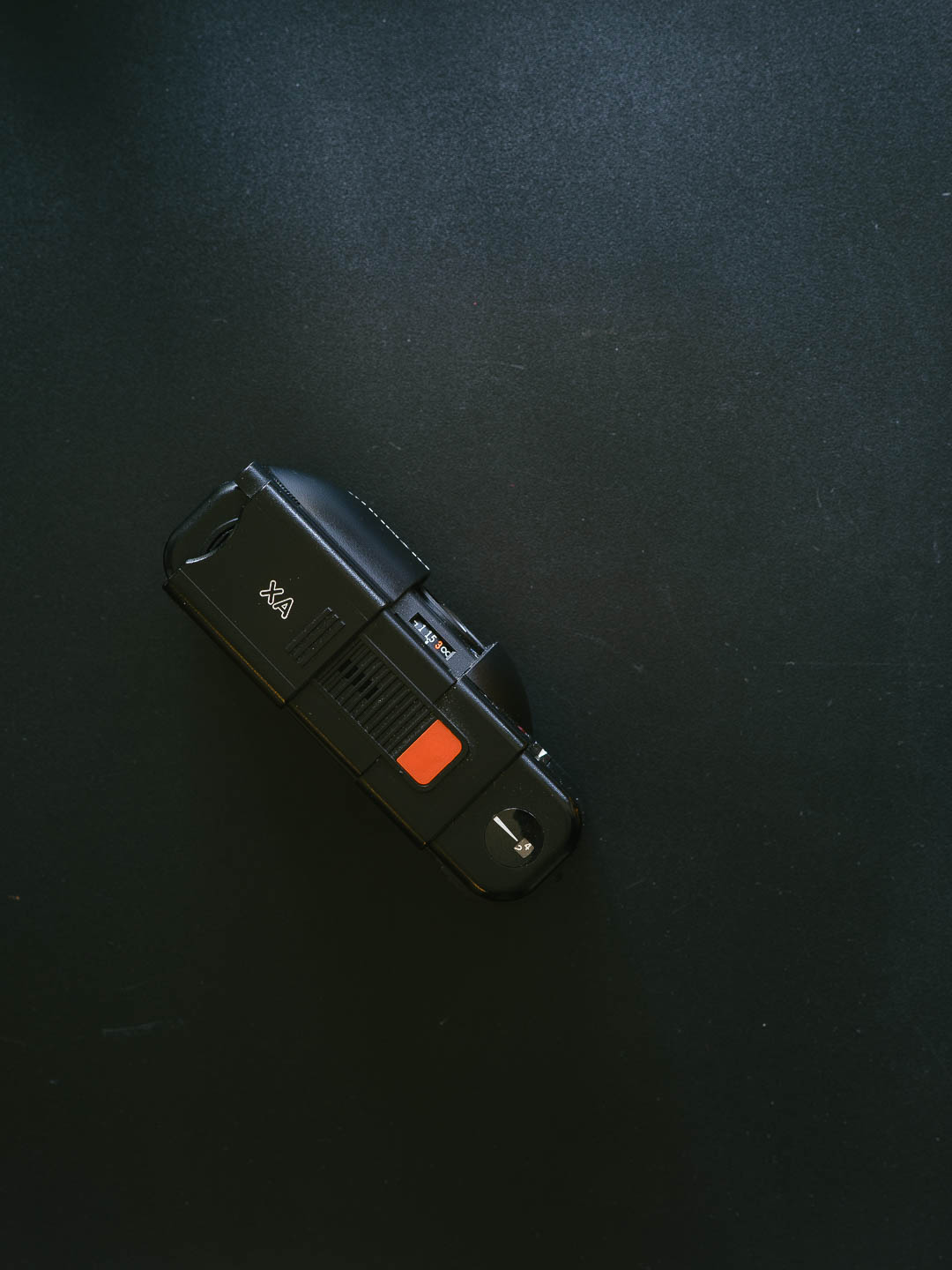
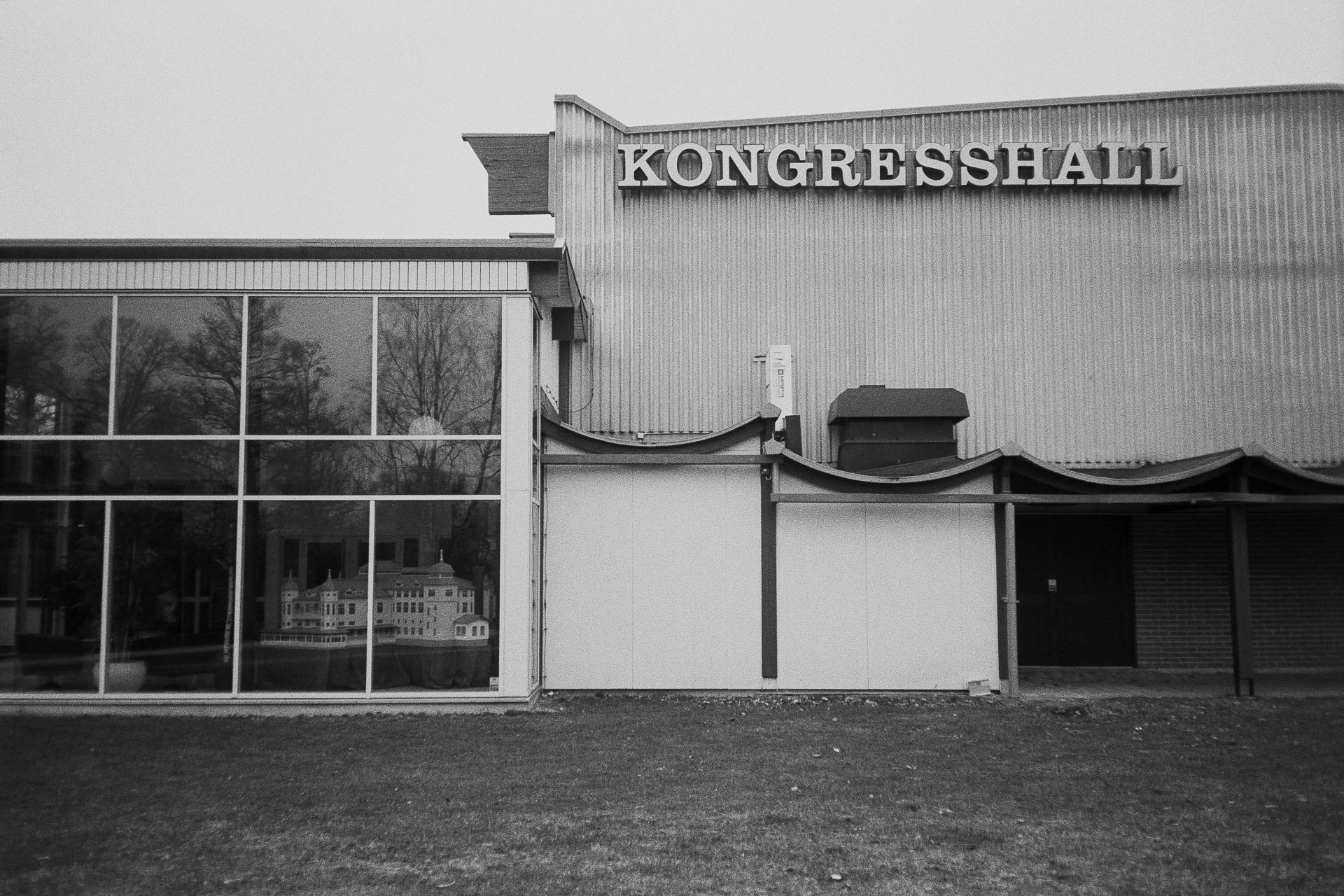
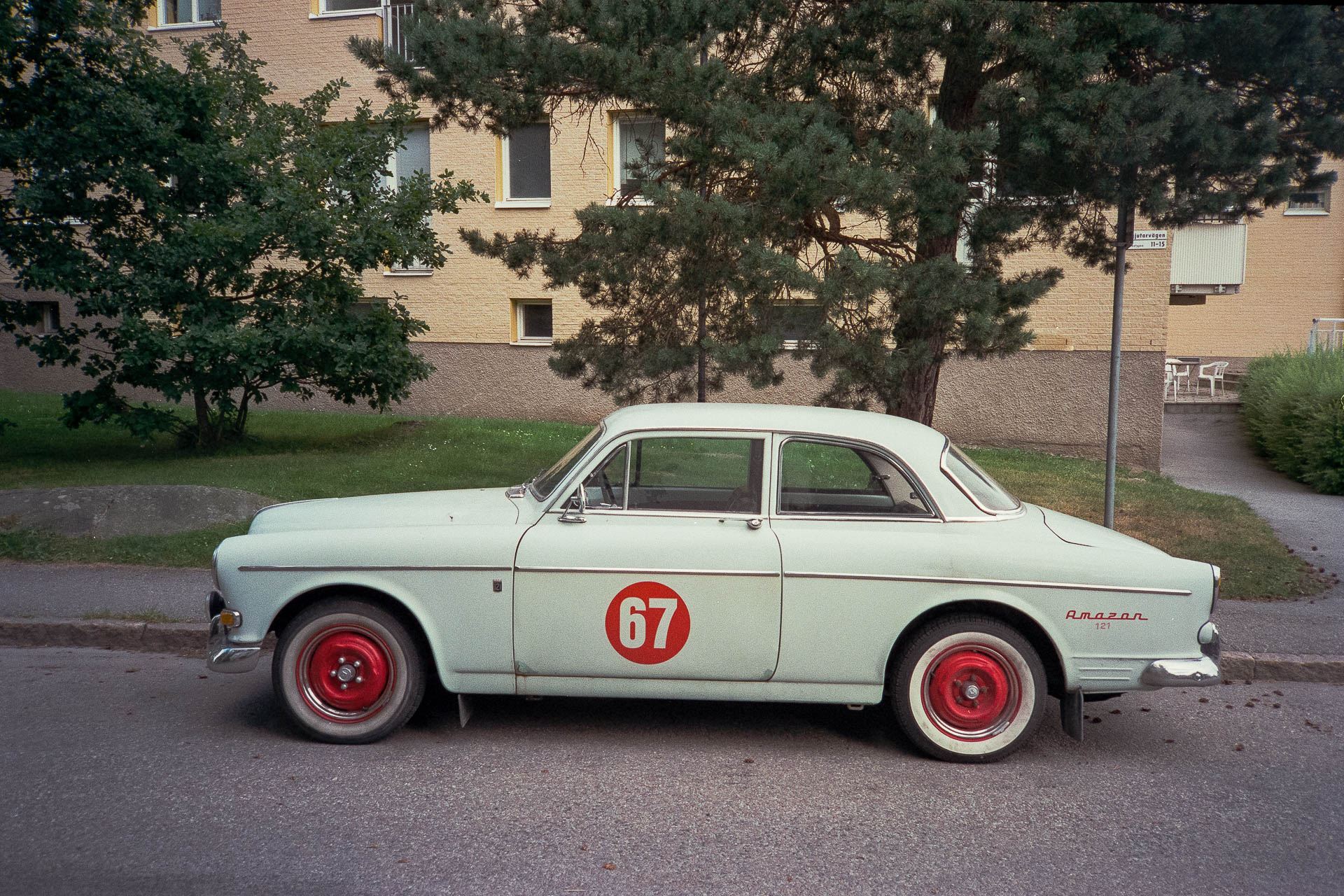
The first camera that Maitani designed at Olympus was the original Pen, launched in 1958. Tasked to create the cheapest camera possible Maitani worked hard to meet the demands at the same time as coming up with a camera that was still capable of high quality results. He concluded that the lens and viewfinder had to remain of a high quality and that the rest of the construction needed to be simplified as far as possible to meet the budget aims.
One component which was clearly affected by this strategy was the film winding. The hinged lever that’s the most common solution is complex and expensive to manufacture with many tiny parts. Maitani instead came up with something simpler.
The Pen was fitted with a coin-like disc that protrudes out of the camera just enough to be easily rotated with ones thumb. This solution used fewer parts and reduced cost of both material and manufacturing. An added advantage was that the winding took up far less space in the camera. This of course made it ideal for use in the XA.
Today disc winding might be mostly associated with disposable cameras where its used for cost reasons, but for the XA the solution was clearly chosen for its size advantages keeping it pocketable.
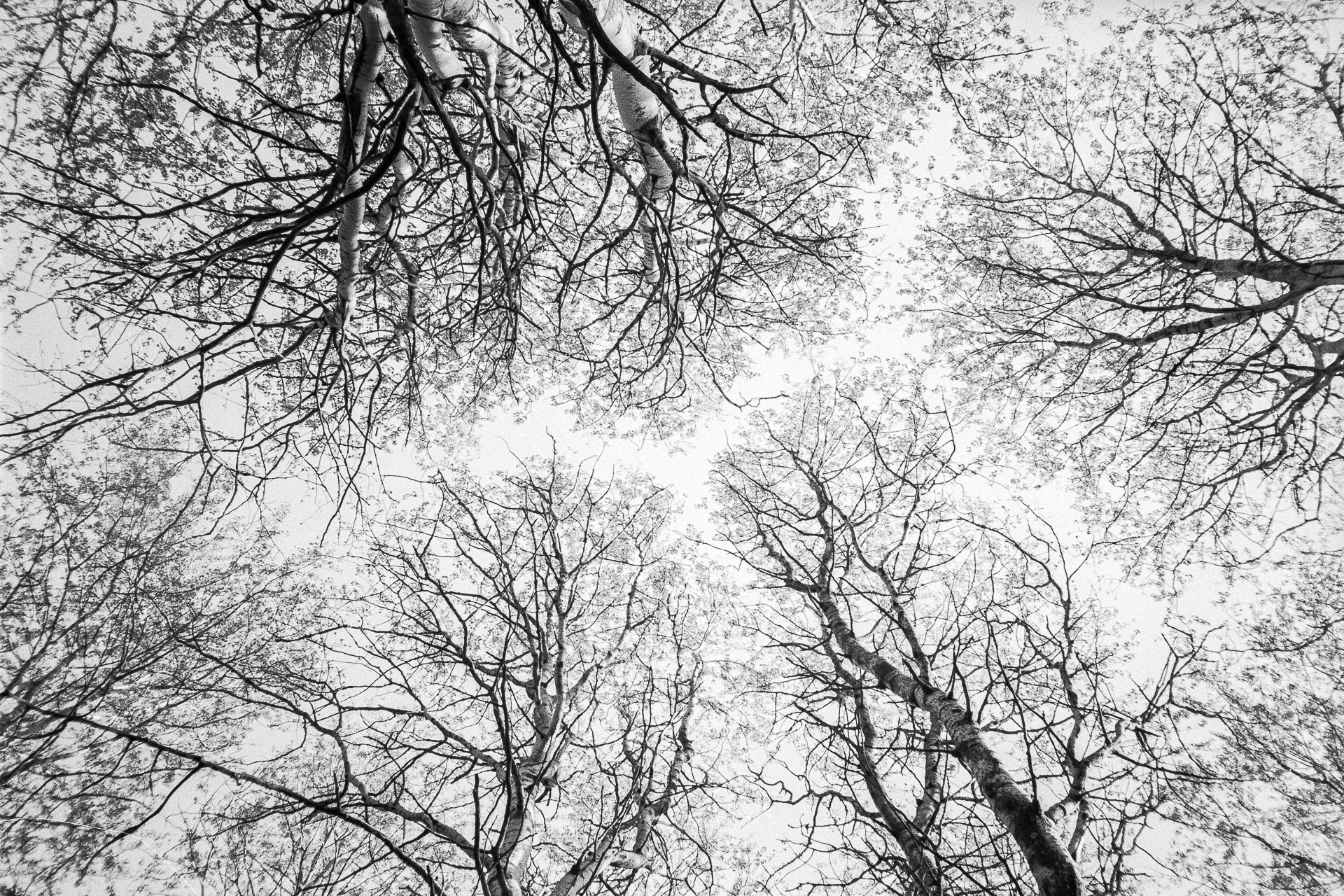
Beyond the features above the XA is loaded with additional well conceived details; tell tell signs a lot of thought was put into making it a functional tool.
Take the distinctive orange shutter button for instance. Instead of a mechanical connection to the shutter the button is electromagnetically triggered. This enables it to be very sensitive, releasing at an extremely light touch. It can be a bit jarring coming from other cameras, but actually makes it possible to handhold the XA at quite slow speeds.
A nice touch is colour coding of settings for essentially making the camera into a true point and shoot. Most markings on the aperture and distance scales are white, but a few settings are highlighted orange, like the shutter button. On the aperture scale f/5.6 is coloured orange and on the focusing scale the 3m setting is too. Using those two settings good results can be obtained in the majority of situations without any fiddling with settings. This is of course possible to set up without colour coding as well, but it’s a helpful detail demonstrating the thought put into every aspect of the shooting.
Another clever feature is a small lever on the bottom plate that can be set to four positions. When folded flush against the casing the camera operates normally. Extending the lever to the second position activates a backlight compensation mode that raises the exposure by a stop and a half. Very useful as the only other way of adjusting exposure would otherwise be to move the tiny ISO selector lever. The third position is a battery check – as long as there’s enough battery power for the camera to operate it gives off a beeping sound and a light is turned on. The fourth position is self timer – pressing the shutter button in this mode activates a 12 second timer and then releases the shutter.
There’s no hot shoe on the camera, but two bespoke flashes are available. Both integrate smoothly and elegantly with the camera and function well.
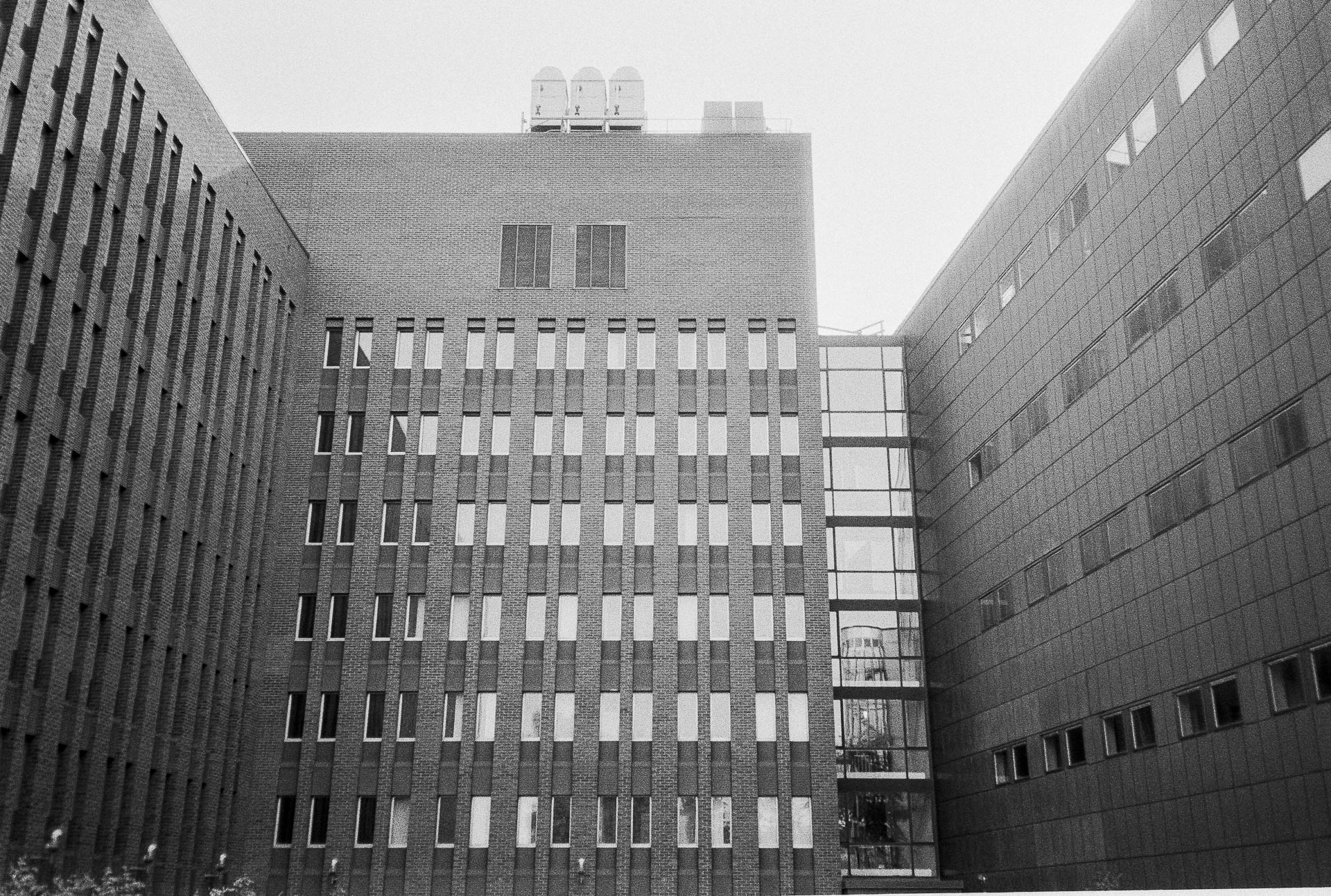
The original XA spawned a number of descendants. They’re mostly simplified versions of the XA, so while the entire line is pretty good the original XA is generally the one to get. The exception might be the XA4 that has a very good 28mm lens.
I’ve not used either of these descendants, but for the sake of completion these are the key changes made for each version:
Extremely simplified version with fixed focus and selenium light meter. Everything seems skimped on, including the lens. I would personally get any of the other versions ahead of this.
Uses scale focus instead of a rangefinder and has automatic exposure rather than aperture priority. The lens is a simpler f/3.5 design. Despite the simplifications it looks like a nice camera and wouldn’t mind one as an even simpler pocket alternative.
Same as the XA2 but with DX code reading.
Same as the XA3 but has a 28/3.5 lens with close focus capability. From what I’ve seen the lens looks quite good and as the demands on focus accuracy is lower with a wider lens the lack of a rangefinder is less of an issue. It was released late in the series life span so is a bit more rare which drives the price up, but remaining reasonable. A nice looking camera overall that I’d like to have a go with.
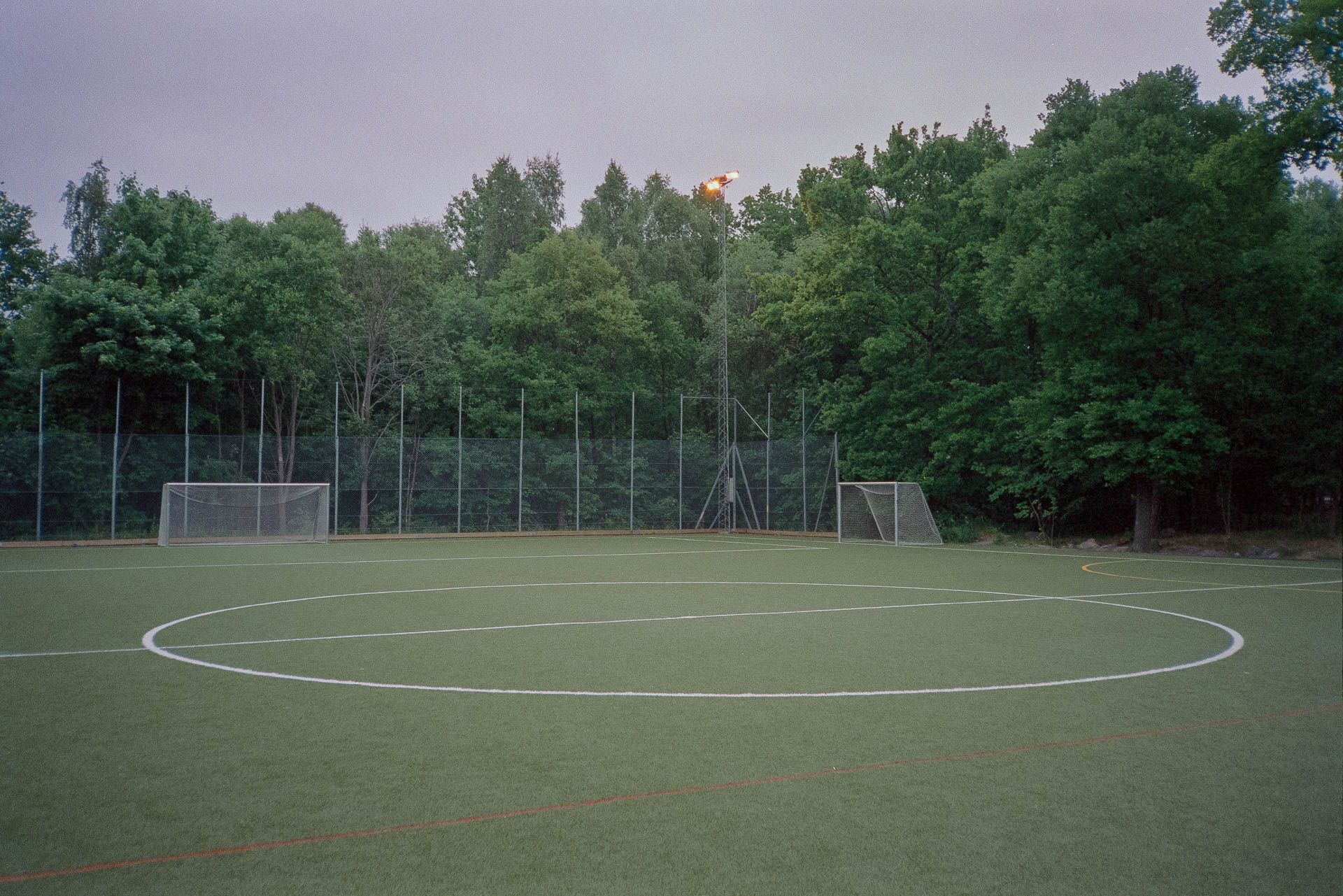
The XA has of course been out of production for decades by now, but as it’s readily available on the used market it’s still a relevant option even today.
Compared to many other older cameras there are no issues powering the XA as it uses commonly available LR or SR44 battery cells. They also seem to last for ages.
The XA is extremely reasonably priced on the used market. It can easily be found for under €50, even in excellent shape, though prices have begun to climb lately. You really get a lot for the money and even comparing to some ten times more expensive cameras it’s not clear cut which better.
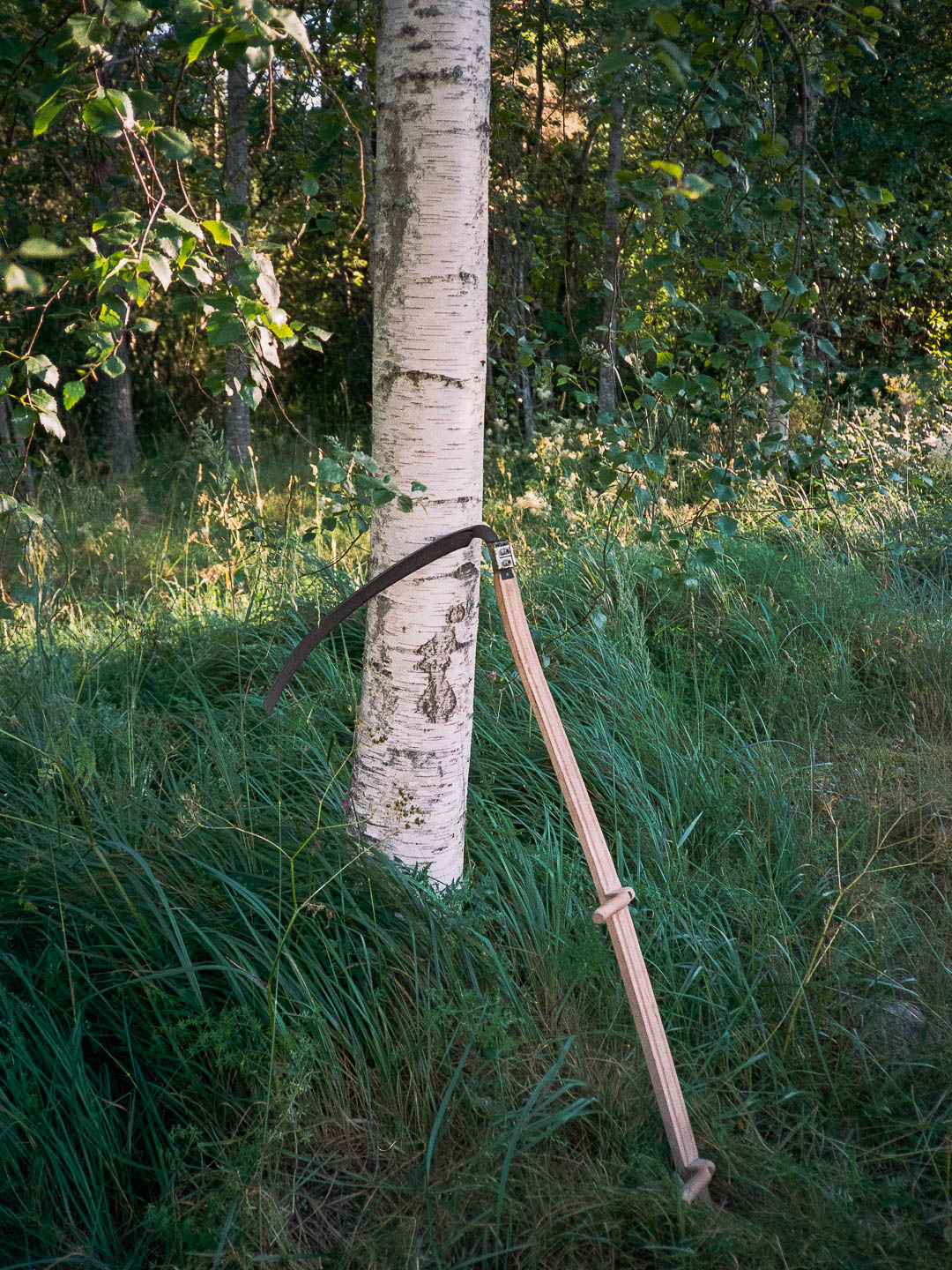
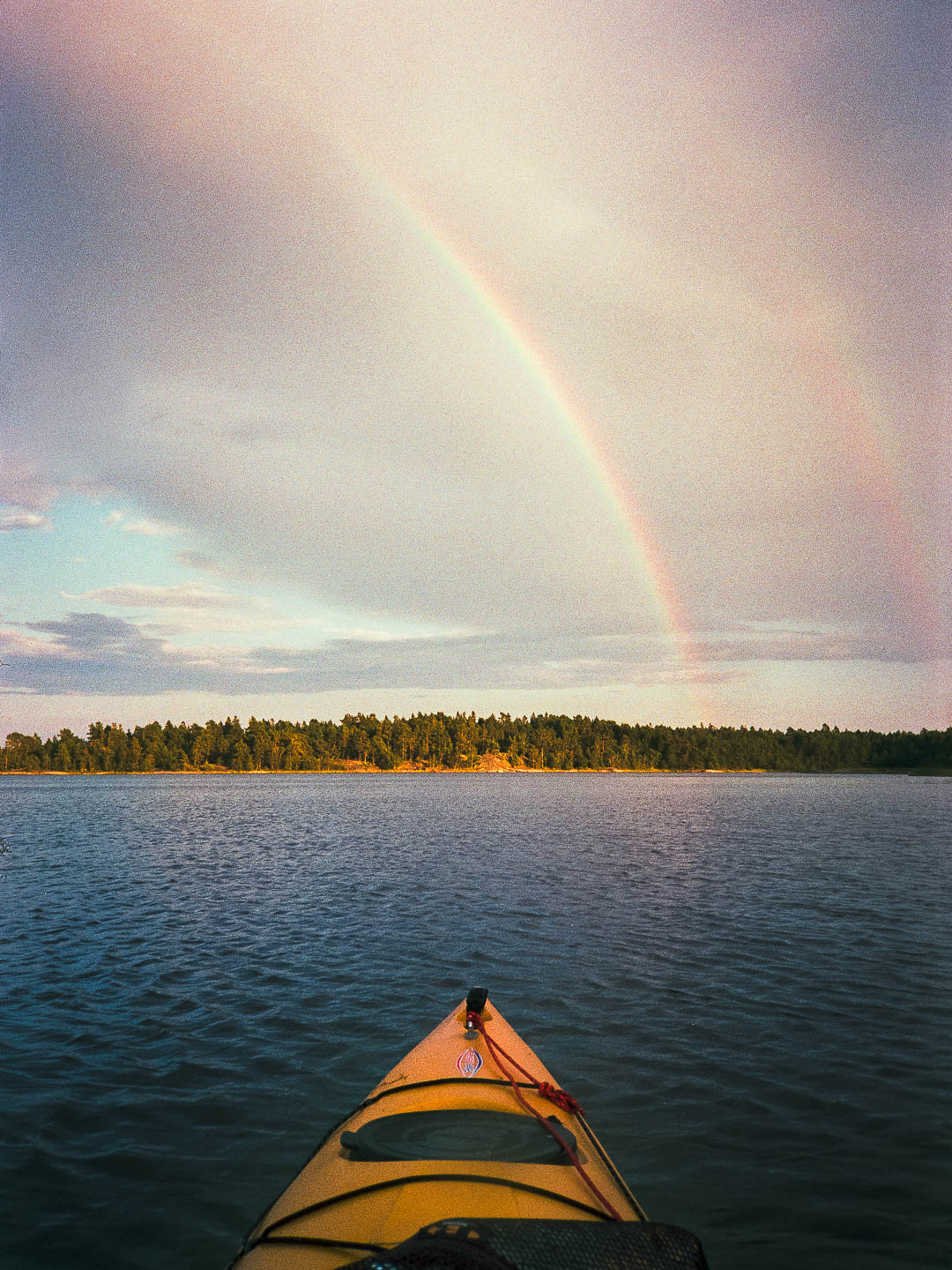
After shooting the XA for a bit more than six months I feel I’ve gotten to know the little camera well. Both its strengths and weaknesses.
The design holds up well in use, especially considering the size. Very little is given up in terms of usability – all the controls are easily accessed and manipulated, even with the camera to your eye. It even puts some far larger cameras to shame, being far better thought out.
Even minor features such as the exposure compensation and self timer proves usable more often than expected.

This photo was made using the self timer. I wouldn't have been able to make an image handheld in the low light this scene presented. Instead I set the XA to self timer, zone focused and put the camera on a ledge before pushing the shutter.
An added bonus for my use is that focusing moves in the same direction as on Leica lenses. Going between this and my M4-P feels very easy thanks to this.
The small size also means little film is wasted. I generally get 39 good frames on a roll and occasionally even 40.
The capsule exterior and low price of the camera make me more prone to bringing it everywhere – to amusement parks or bars, out cycling or kayaking – and not worry about losing or damaging it. To me that’s one of the most important factors with a camera like this – it’s what gives you the opportunity to capture unexpected and unique situations that wouldn’t be photographed otherwise.
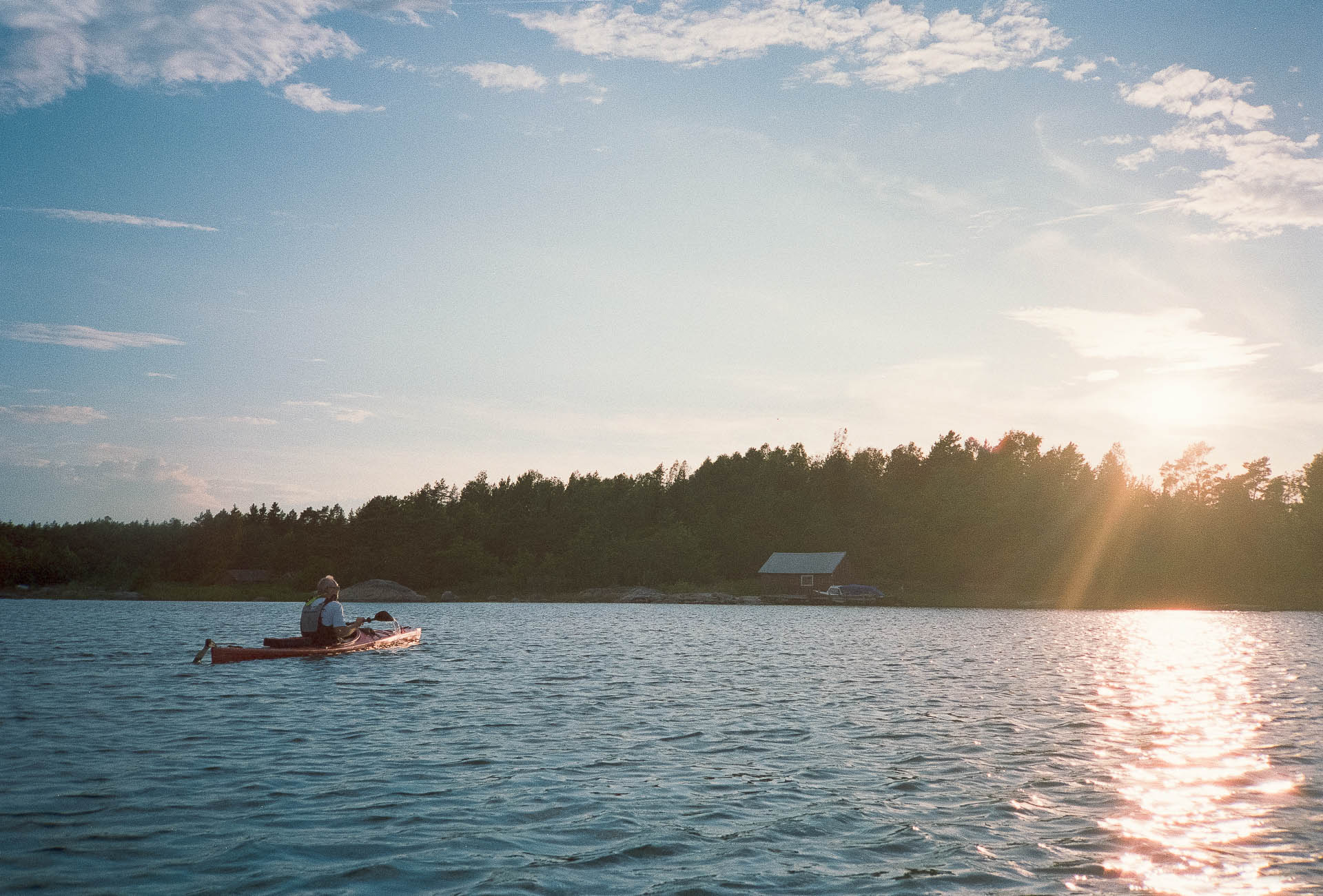
I´m more prone to bring the XA in precarious situations than any other camera. Its transparent operation allowed me to capture this image from the cockpit of a kayak without fiddling.
A few nitpicks exist. For instance the recessed lens and smooth casing does make it a bit easy to get a finger in the frame without noticing. It’s happened to me about once every two or three rolls.
The shutter button sits flush with the top plate and can be hard to find by touch alone. I’ve considered adding a little sticker or something to make it easier to feel.
I’ve not been able to fully figure out the metering pattern. It seems center weighted but sometimes it shifts around without any clear reason within the scene, the meter might be sensitive to oblique light hitting it. Still I’ve not gotten anything but perfectly balanced negatives out of the camera, so the meter obviously does its job well.
None of the nitpicks above really affect my liking of the camera. The good design shines through. However two things hold me back from being head over heels for the camera.
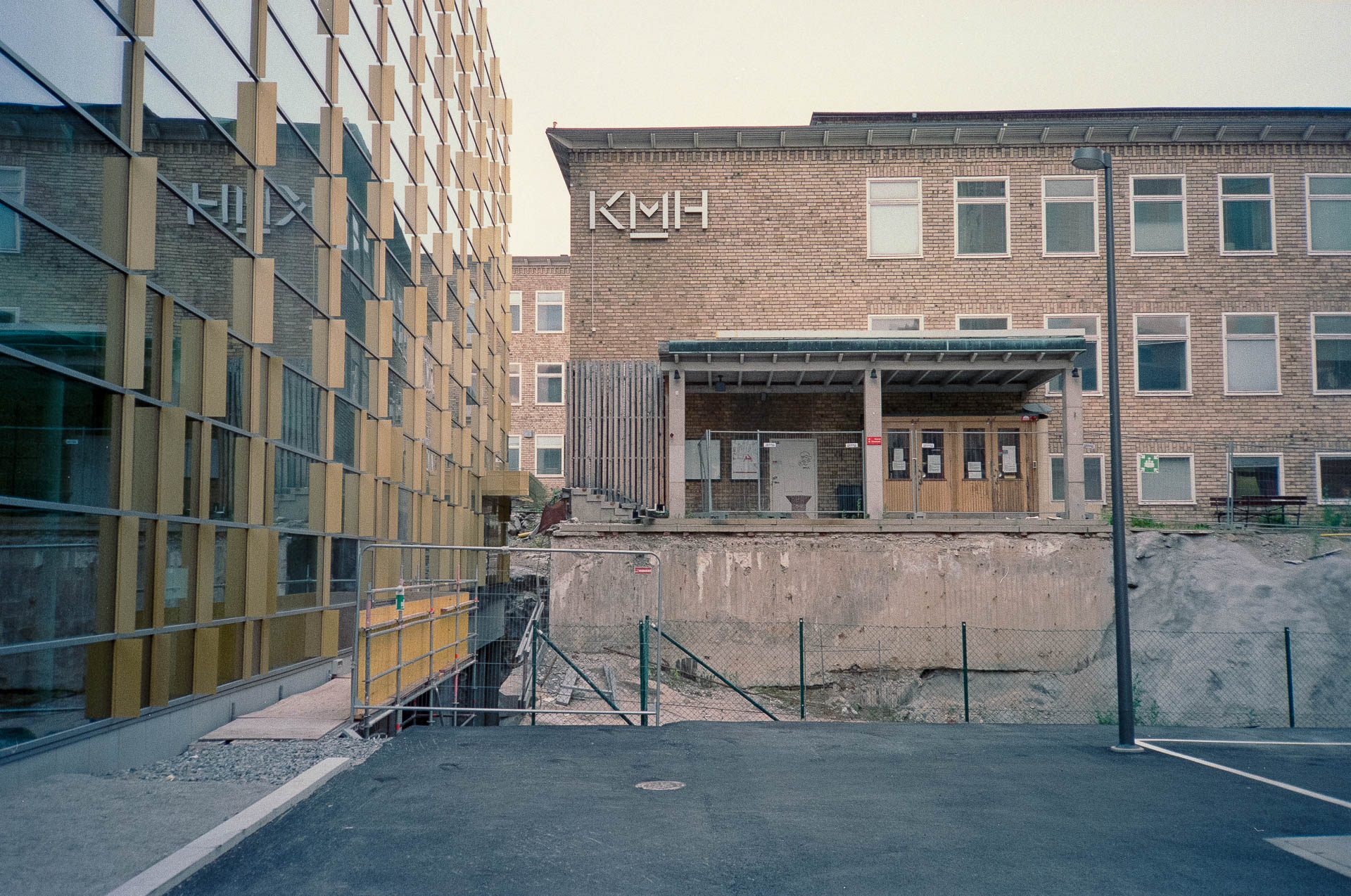
The advantages of having a rangefinder are clear. However the one in the XA has some limitations, making it less useful in practice.
The main issue is a lack of clarity in the rangefinder patch. In the XA it’s both dim and of low contrast. I’m not sure that this is an issue that was present at manufacturing or something that has appeared with age but it makes it more of a challenge to use. It’s also brought up frequently enough elsewhere to rule out that it’s only an issue with my copy.
As an effect focusing quickly and accurately requires a subject with very high contrast for it to clearly snap in the viewfinder, something rarely available in the situations where the rangefinder is most needed.
Combined with the extremely short base length and focus throw the accuracy suffers in use. I’ve gotten miss focused shots at a few more occasions than I’d like.
Despite these weaknesses I’d much rather have a camera equipped with this slightly limited rangefinder than none at all. I’m not as fast or as confident focusing the XA as my Leica, but it’s far better than relying on scale focus alone*. With use I’ve become better at focusing despite the issues and have had fewer misses.
* Though in quick moving situations when there’s enough light I’ve actually been shooting the XA as just that – a scale focus camera. Something I’ve never really done before but have found quite enjoyable. And quicker than anything else I’ve ever shot too.
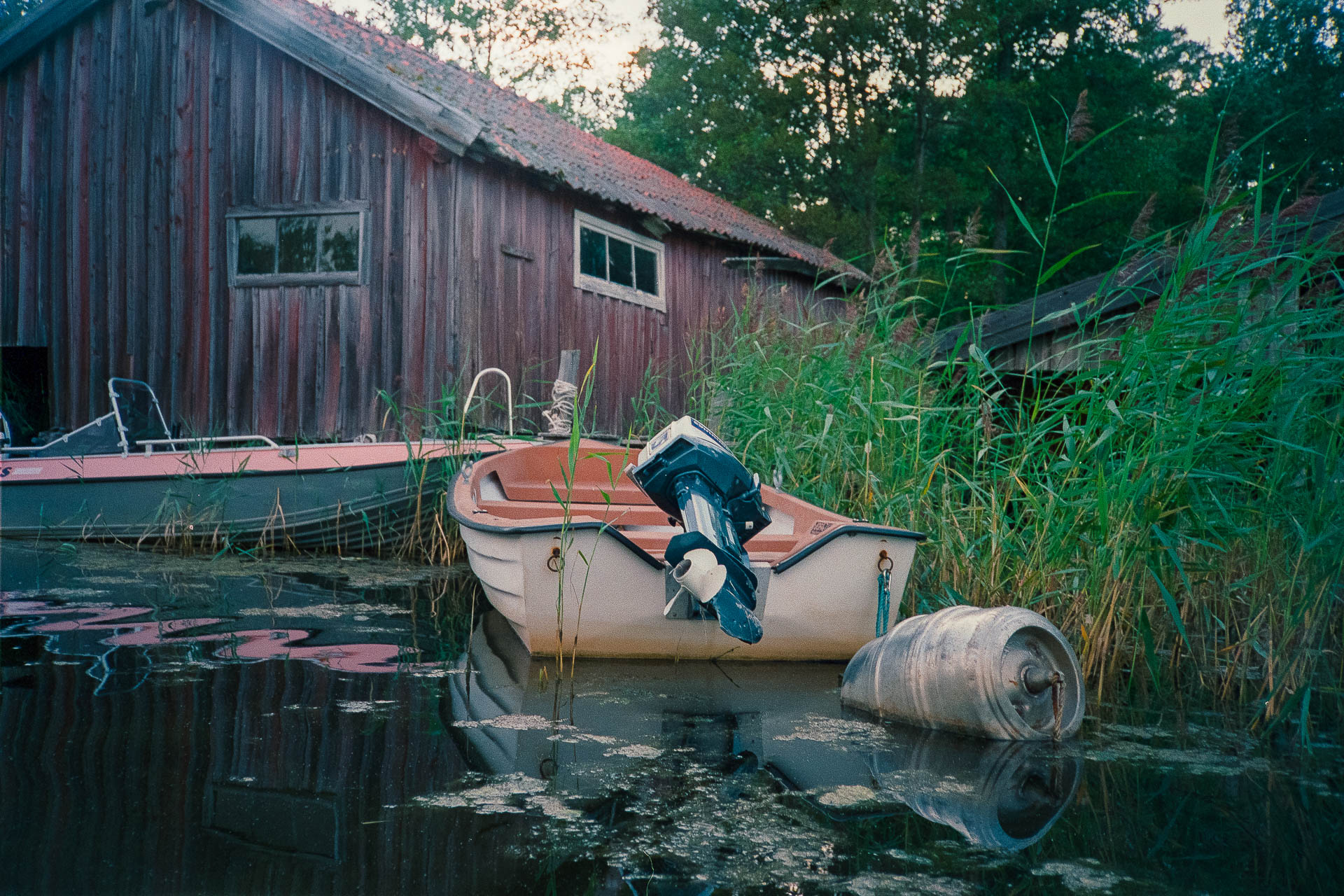
A properly focused shot at f/2.8. Every once in a while I have one that's out of focus despite focusing the same way. Still I greatly prefer this rangefinder to none at all.
While the lens is an impressive achievement from a design and engineering perspective it’s clear that some corners have had to be cut in terms of output. I’ve read so many reports on how great the XA lens was that I almost thought I had a faulty copy when scanning the first roll. However when looking up more samples and comparing them to mine I found that the flaws I was seeing were actually present in all of them.
Now it’s unreasonable to expect a lens designed with the emphasis on size to perform on the same level as something with less strict requirements. Especially without the use of modern aspherical surfaces. But with so many glowing reports, some even comparing the lens in the XA to Leica glass, I was optimistic.
The image quality didn’t end up quite living up to the expectations. The main issue is poor edge and corner performance. Even stopped down contrast and resolution drops sharply over the outer 25% of the frame. There’s also a lack of clarity and bite in some situations.
It’s not a bad lens though, just falling slightly short of the best in class*. The overall rendering is quite appealing. It’s adequate for most uses and even moderately sized enlargements look good.
* The previously mentioned Rollei 35 and Olympus mju beat it slightly, also the Contax T series, Yashica T, Ricoh GR and so on. There’s a number of alternatives but they all have trade offs compared to the XA.
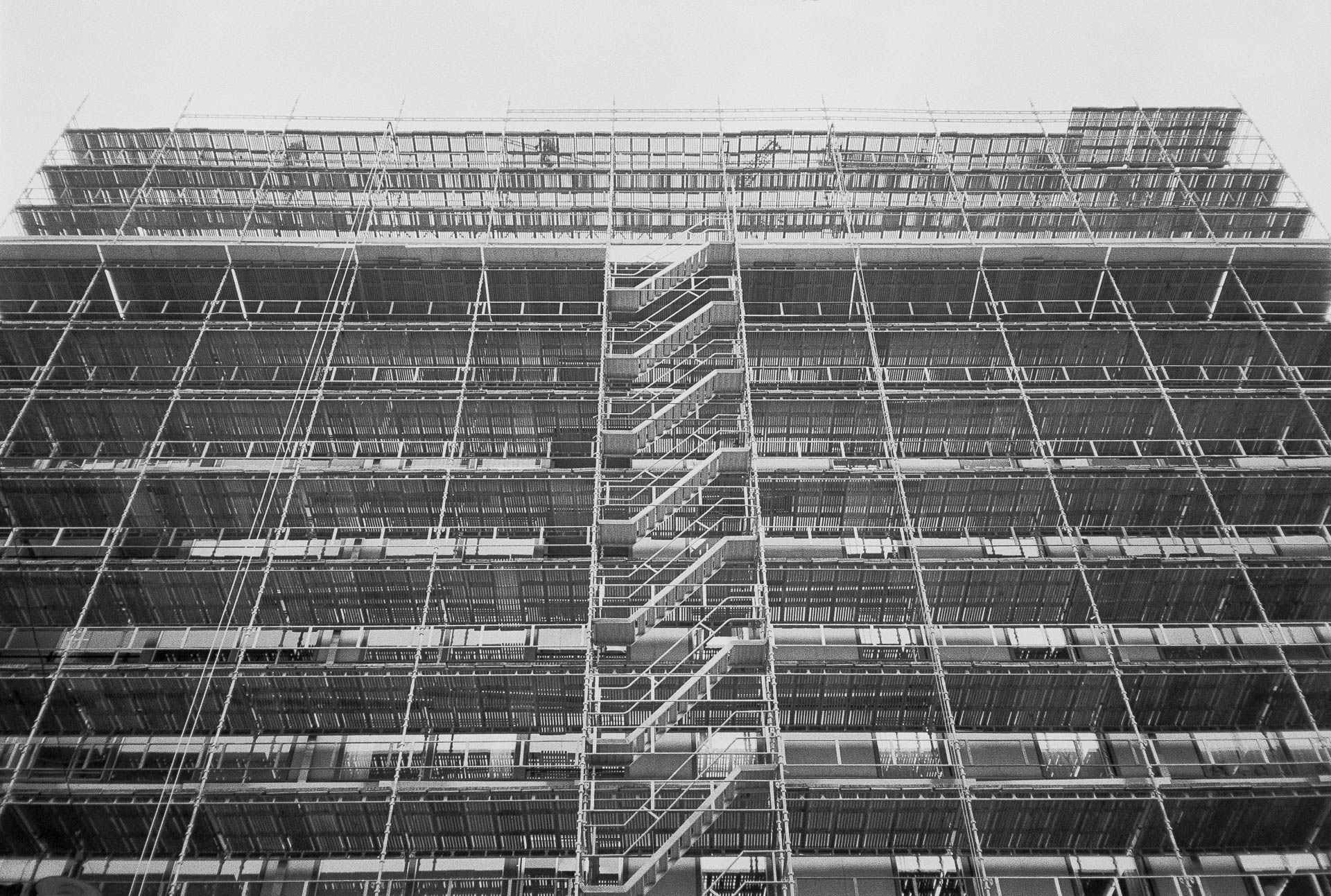
Here the drop in resolution can clearly be seen. Despite being shot at f/8 a clear difference in definition can be seen between the center and edges of the frame. View image separately
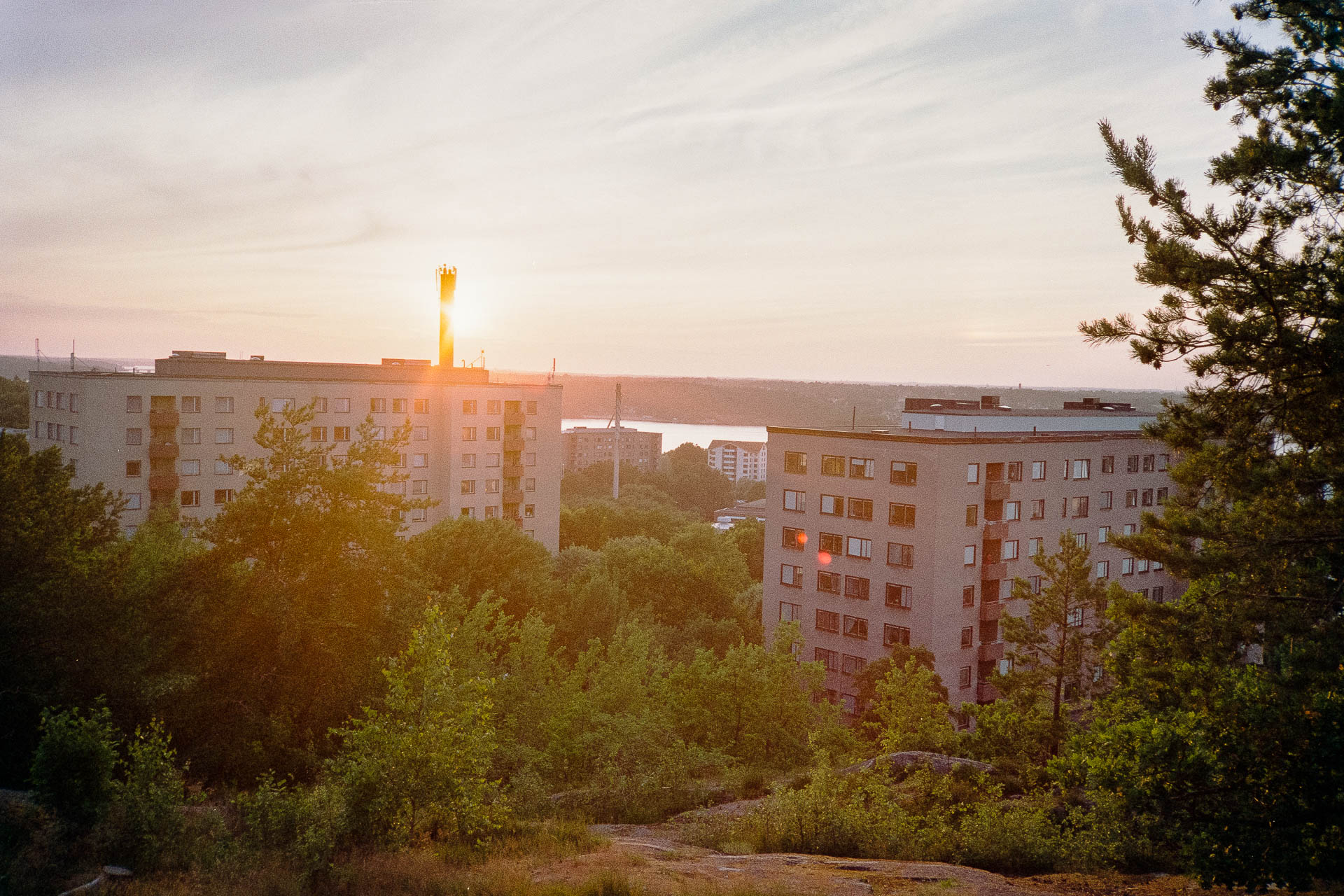
Still the overall image quality is appealing. This frame would look perfectly fine even printed reasonably large. The little lens even manages to handle having the sun in the frame very well. Shot at f/11. View image separately
Now neither the issues with the rangefinder or those of the image quality makes the XA a poor camera, but holds it back from objective excellence by a hair.
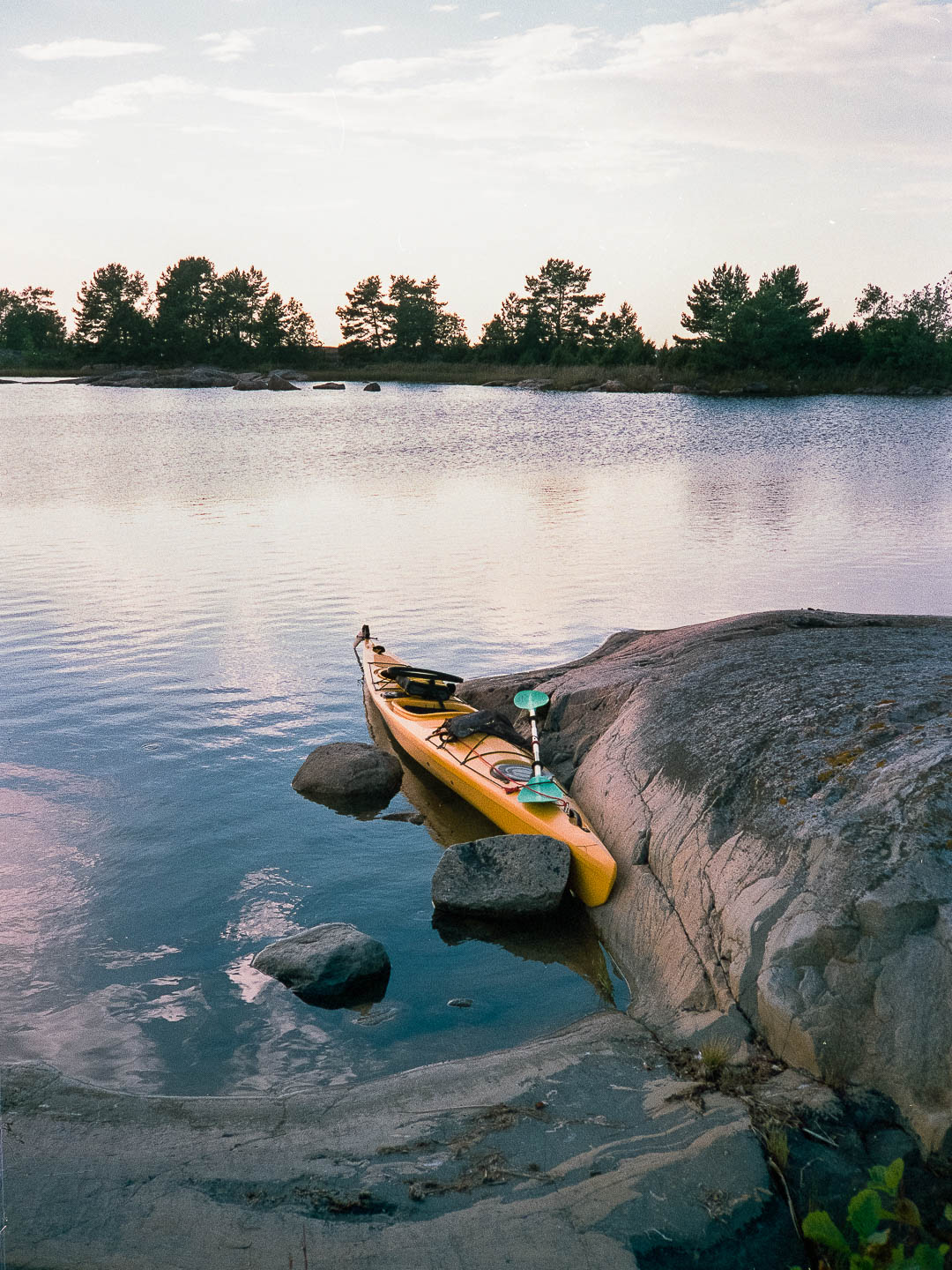
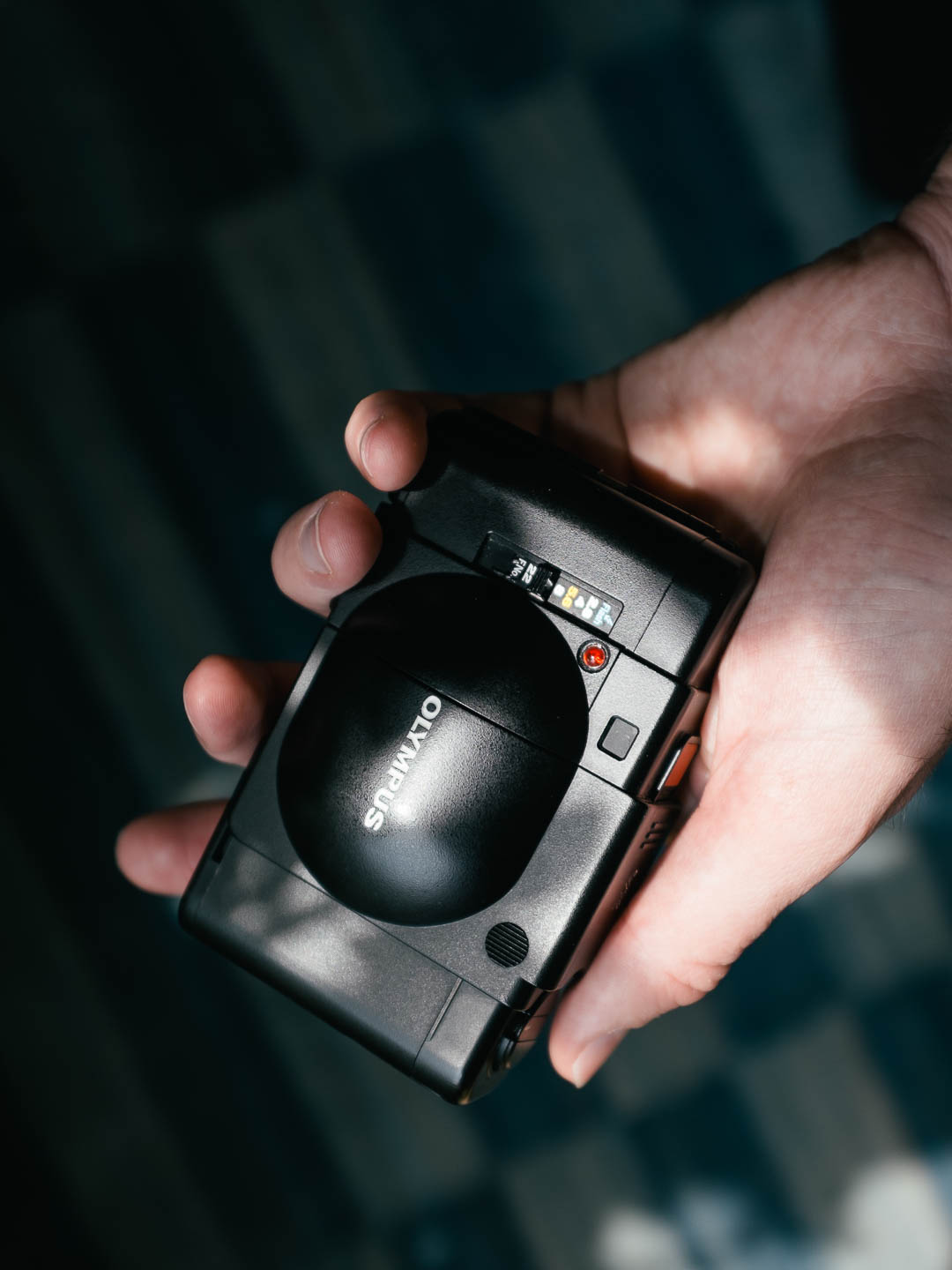
The XA represents a rare proposition. A real sweet-spot with great handling and capabilities for a camera that can fit in your pocket. Its only Achilles heel is that the image quality isn’t quite best in class. But any alternative offering noticeably better image quality requires compromises in other areas – worse focusing, poor handling, less control or significantly higher price.
In the digital realm nothing pocketable comes close to the shooting experience the XA offers, never mind the price*. Even if one shoots mainly digital, adding an XA as a go anywhere alternative is an appealing idea.
* The RX100 series probably comes closest, but is far more convoluted to shoot.
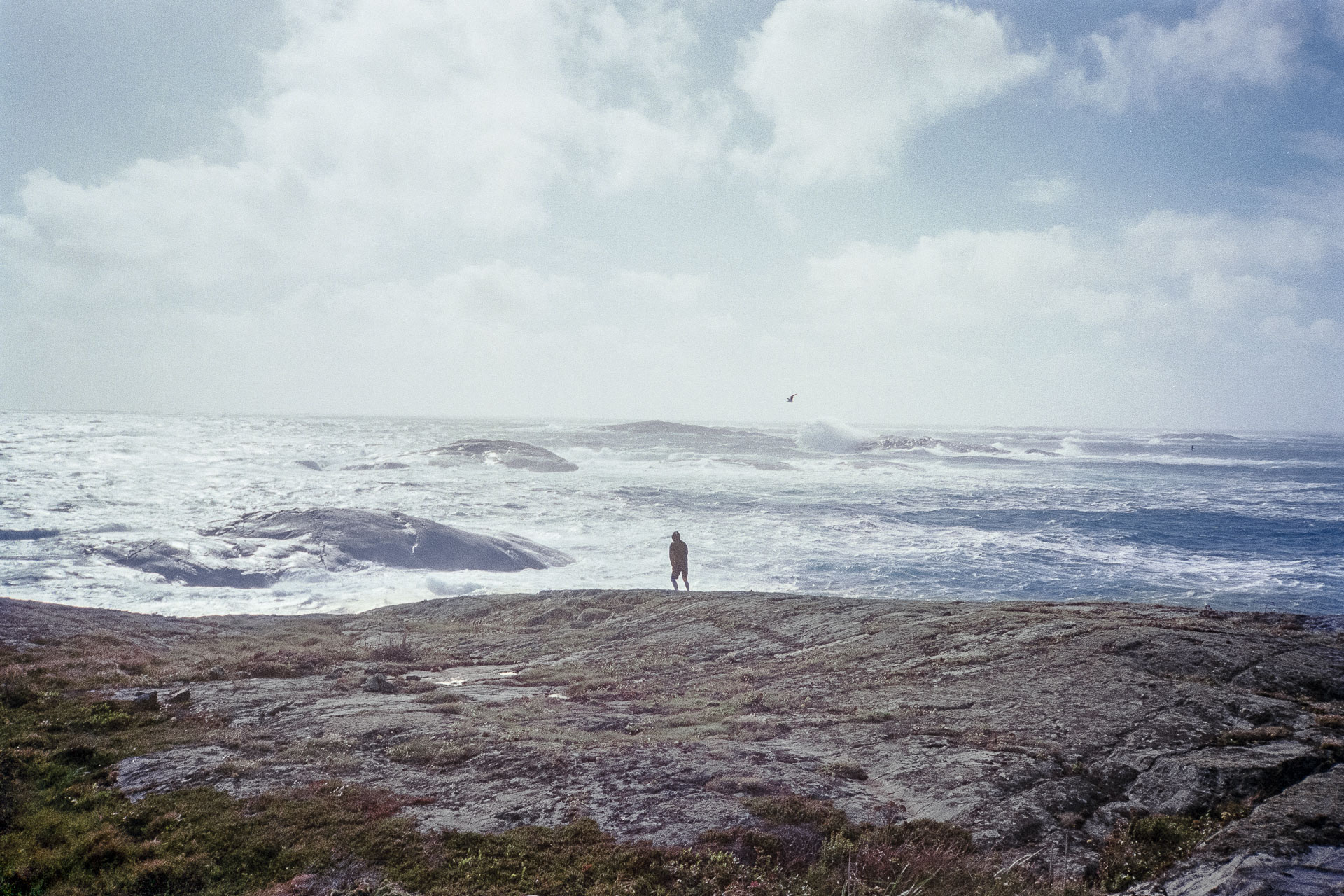
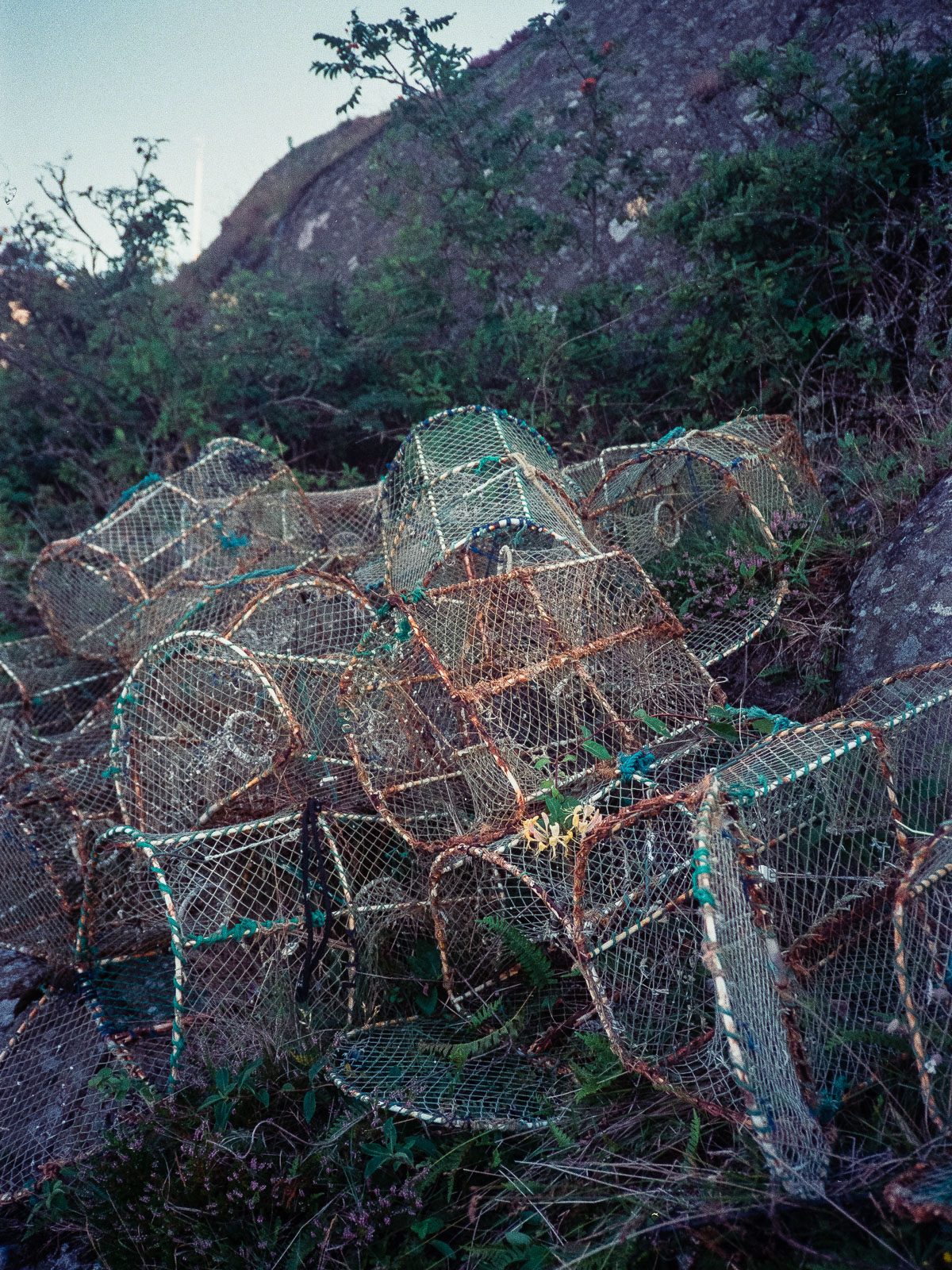
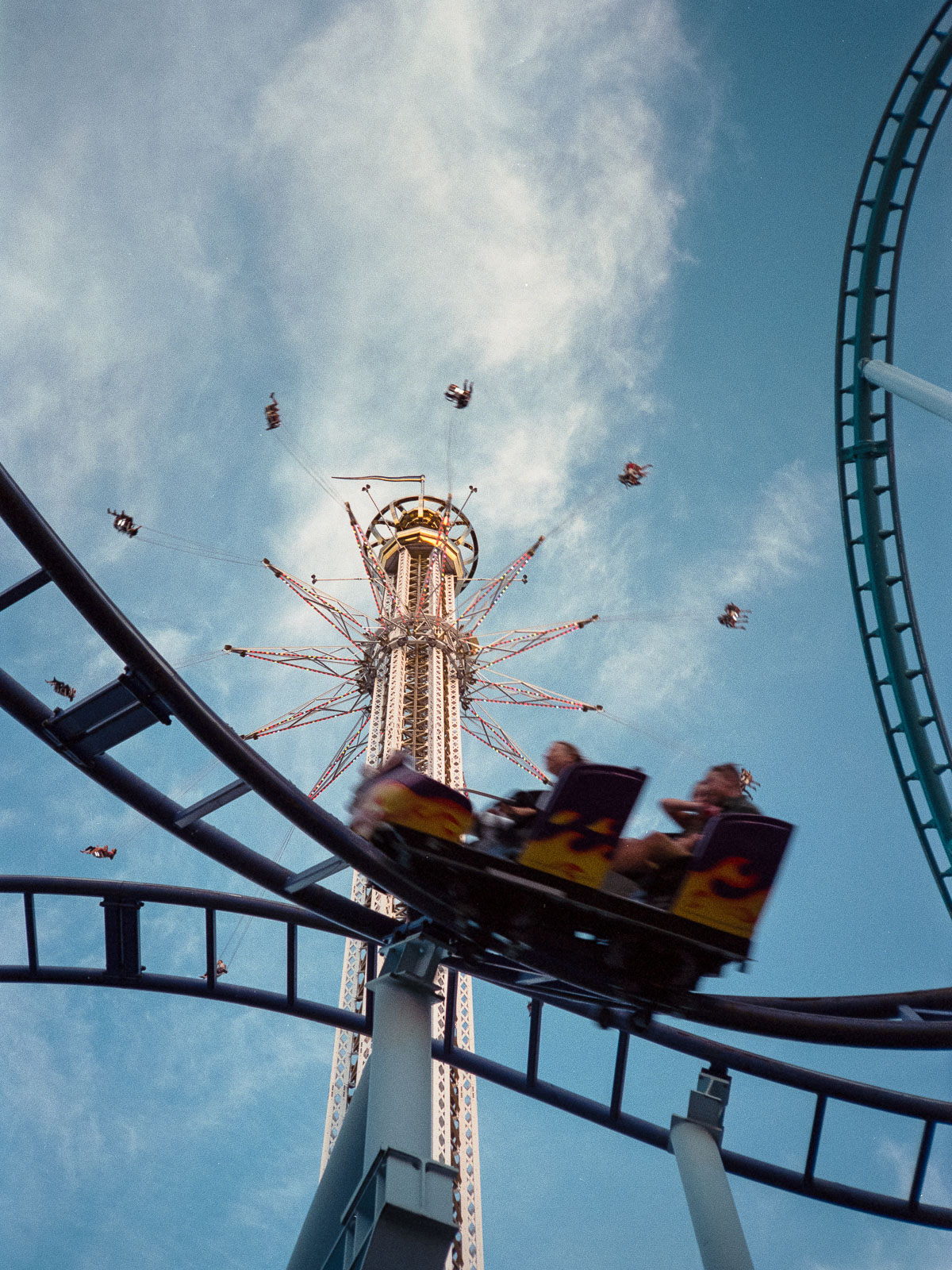
For me the XA fills my needs and wants in a really specific manner*. Like how the article started – if I’d list the specs of my perfect pocketable camera I’d end up with almost exactly what the XA offers.
* though as always that doesn’t mean I’m not keen to try a few of the other options too.
It’s such an impressive and well thought out design that even shoots and handles excellently. It can't really be seen as anything but a pocket marvel. Despite some shortcomings it’s become just the go-everywhere companion I set out to find.
All photos in this post were taken using the Olympus XA except for images of the camera. Scanned using the Plustek 8200i. Exif-data is intact. Open any image in a new window for a closer look.